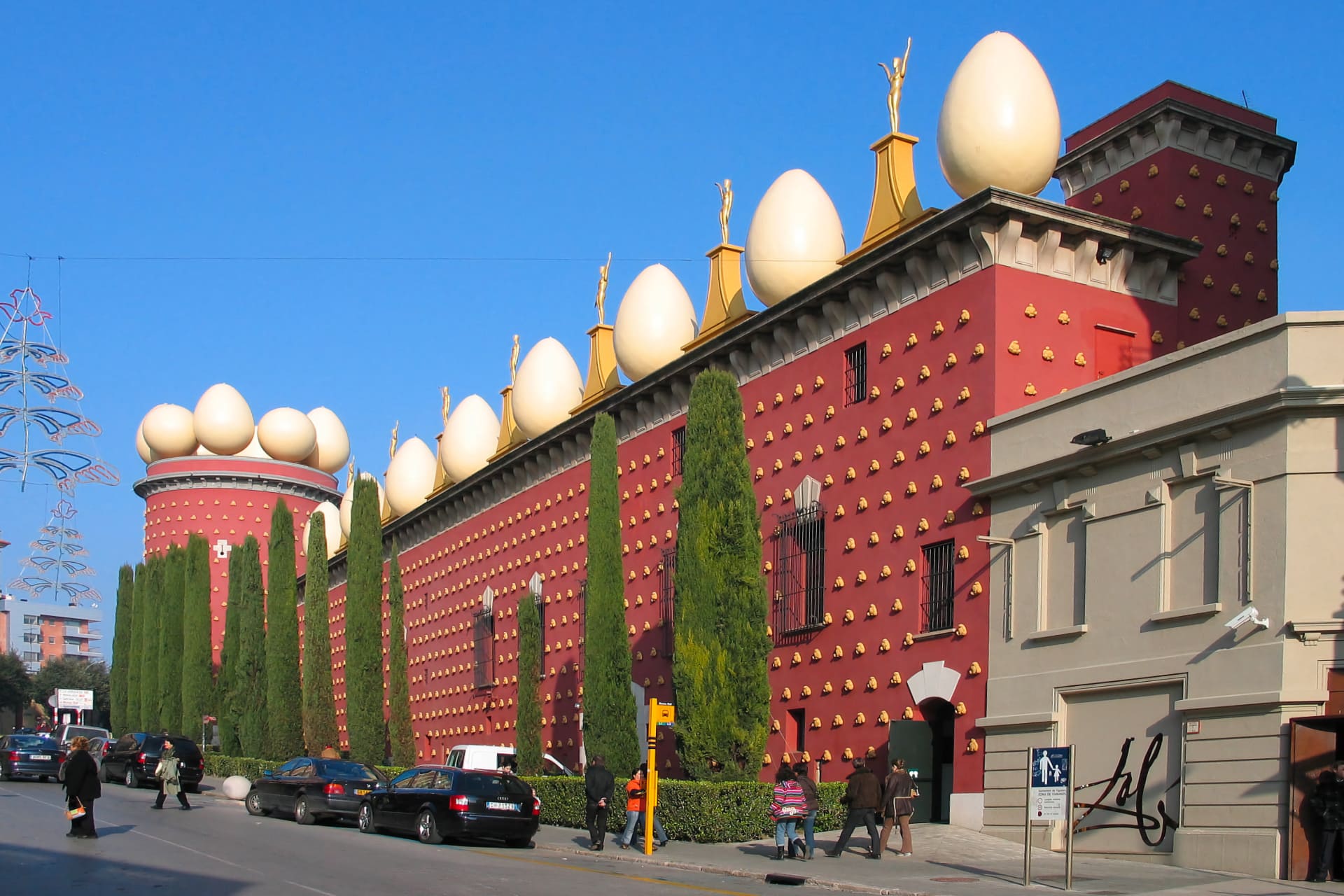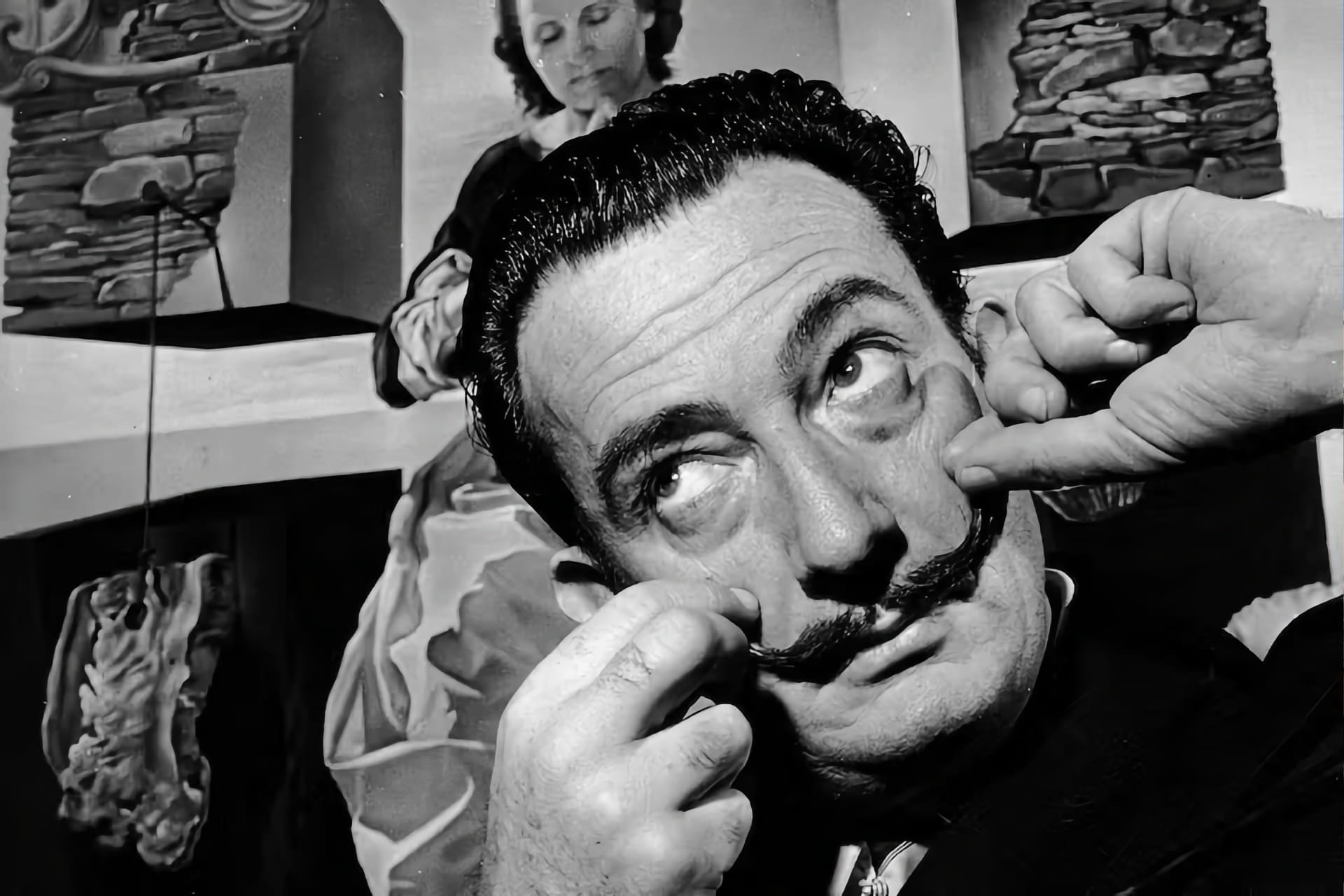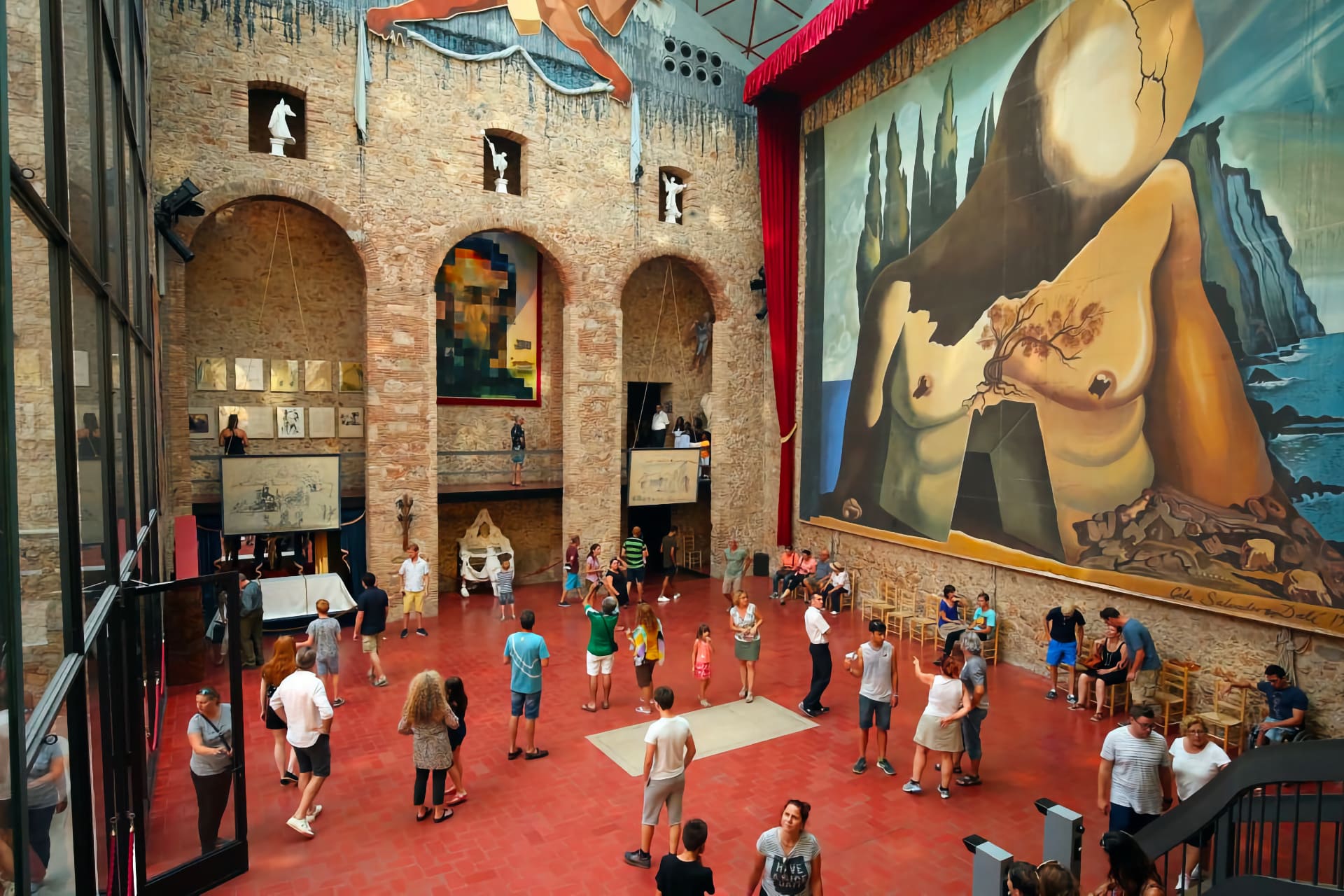A Journey Through the Dalí Theatre and Museum (Figueres)
Immerse yourself in the world of Salvador Dalí, an artist whose surrealistic legacy continues to captivate and intrigue. The Dali Theatre-Museum in Figueres, Spain, is a testament to Dalí's extraordinary artistic journey, housing an extensive collection of his most famous works. This museum, designed by Dalí himself, is a surrealistic object in its own right, offering a thought-provoking exploration into the mind of one of the most controversial artists of the 20th century.

A Brief Biography of Salvador Dalí
Born in 1904, Salvador Dalí was an incredibly influential figure in the Surrealist movement. His unconventional and often shocking approach to art challenged societal norms and pushed the boundaries of creativity. Dalí's work, characterized by bizarre and dreamlike imagery, reflects his unique perception of reality. As one of the most famous and influential artists of the 20th century, his work continues to inspire and captivate people worldwide. Dalí's complex personality and artistic vision are reflected in the diverse and fascinating collection of works housed at the Dalí Theatre and Museum.

The Origin and Evolution of the Dalí Theatre and Museum
In 1960, the mayor of Figueres, Ramon Guardiola, approached Dalí with a proposal to build a museum dedicated to his work. The artist, already world-famous by this point, agreed to the proposal. The mayor provided Dalí with an abandoned theatre that had been destroyed during the Spanish Civil War, and the artist began transforming the building into a magnificent museum.
Dalí personally oversaw much of the museum's expansion and renovation work, ensuring that the museum accurately reflected his vision. One of the most notable additions to the museum was the creation of the Dalí Jewels room in 1973, which showcases some of Dalí's most stunning jewelry designs, including gold necklaces, brooches, and bracelets.
Exploring the Dalí Theatre and Museum
The Dali Theatre-Museum is a treasure trove of Dalí's artistic endeavors, showcasing not only his paintings but also his work in sculpture, writing, photography, and film. The museum is home to a wide range of Dalí's creations, including his surrealistic paintings, his avant-garde films, and his innovative sculptures. Each piece offers a glimpse into Dalí's fascinating mind, revealing his obsessions, fantasies, and his passionate love for his wife, Gala.
The museum also provides insight into Dalí's life and his artistic journey. From his early days as a student at the Madrid School of Fine Arts to his time in Paris, where he began experimenting with surrealism, the museum traces Dalí's evolution as an artist. It also explores his time in the United States during World War II, where he experimented with various forms of art, including designing jewelry and clothing.
Visiting the Dali Theatre-Museum is like stepping into Dalí's mind. The museum's design, which Dalí himself oversaw, is as surreal and unconventional as the works it houses. From the stunning geodesic dome that crowns the building to the Mae West Room, where furniture is arranged to resemble the face of the famous actress when viewed from a certain angle, the museum is a testament to Dalí's genius and his unique approach to art.

Major Works on Display
The Dalí Theatre and Museum showcases an impressive range of Dalí's works spanning his entire career. Some of the most important exhibited works include Port Alguer (1924), The Spectre of Sex-appeal (1932), Soft self-portrait with grilled bacon (1941), Poetry of America—the Cosmic Athletes (1943), Galarina (1944–45), Basket of Bread (1945), Leda Atomica (1949), Galatea of the Spheres (1952), Crist de la Tramuntana (1968), and Dalí Seen from the Back Painting Gala from the Back Eternalised by Six Virtual Corneas Provisionally Reflected by Six Real Mirrors (1972-73).
Exclusive Museum Exhibits
The museum also features works that Dalí created specifically for the space. These include the Mae West room, the Palace of the Wind room, the Monument to Francesc Pujols, and the Cadillac plujós. These installations offer visitors a unique and immersive experience, giving them a deeper insight into the artist's creative vision.

Holographic Art and Jewellery
In addition to paintings and sculptures, the Dalí Theatre and Museum displays a collection of holographic art by Dalí, as well as a selection of jewellery he designed. These exhibits showcase the artist's versatility and his ability to work with a variety of mediums.
Upside-Down Room
Another fascinating exhibit at the museum is the upside-down room, which features a bathtub, a side table with an open drawer, and a lamp, all installed upside-down on the ceiling. This surreal installation further highlights Dalí's penchant for creating thought-provoking and unconventional art.
Optical Illusions and Anamorphic Art
An extension to the museum building is dedicated to optical illusions, stereographs, and anamorphic art created by Dalí. The artist's final works, including his last oil painting, The Swallow's Tail (1983), are on display in this section, providing visitors with a comprehensive view of his artistic evolution.
Visiting the Dalí Theatre and Museum
The museum is easily accessible by train from Barcelona, with the journey taking about 1.5 to 2 hours. It is open daily, with varying hours depending on the season. Tickets can be purchased in advance or at the museum itself. For a more in-depth experience, guided tours are available in several languages.
Conclusion
In conclusion, the Dali Theatre-Museum in Figueres is more than just a museum. It's a journey into the mind of Salvador Dalí, a place where you can explore his surrealistic world and gain a deeper understanding of his extraordinary legacy. Whether you're a fan of surrealism or simply curious about one of the most influential artists of the 20th century, a visit to the Dali Theatre-Museum is a fascinating and unforgettable experience.



